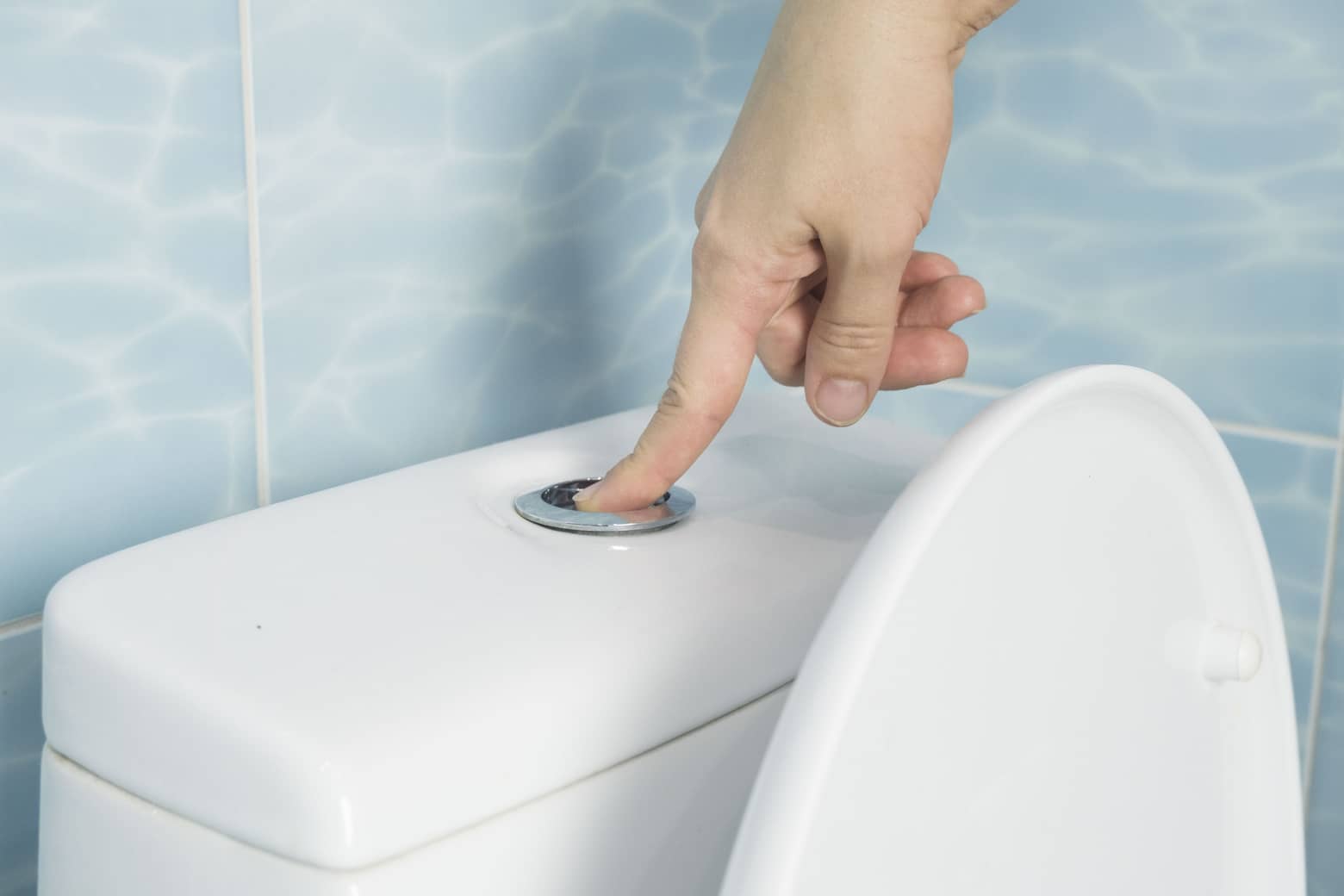

Articles
Where Does Toilet Water Go
Modified: February 28, 2024
Discover where toilet water goes with our informative and insightful articles. Gain a deeper understanding of the sewage system and its crucial role in waste management.
(Many of the links in this article redirect to a specific reviewed product. Your purchase of these products through affiliate links helps to generate commission for Storables.com, at no extra cost. Learn more)
Introduction
Have you ever wondered where the water from your toilet goes after you flush it? It’s a question that may not cross our minds often, but understanding the journey of toilet water can provide valuable insights into our sanitation systems and the impacts on the environment. In this article, we will take a deep dive into the fascinating process of where toilet water goes after it disappears down the drain.
To truly appreciate the path of toilet water, we first need to understand the flushing mechanism. When you press the lever or push a button, it triggers a series of events that result in a rush of water into the toilet bowl. This sudden surge of water creates a powerful force that carries away the waste, which then travels through a complex system of pipes and ends up at its final destination.
The journey of toilet water can vary depending on the type of sanitation system in place. In urban areas, most properties are connected to municipal sewer systems, while rural areas may rely on on-site septic systems. Understanding the differences between these systems can provide valuable insights into the treatment and disposal methods employed.
Municipal sewer systems are extensive networks of underground pipes that transport not only toilet water but also wastewater from sinks, showers, and other sources. This wastewater is conveyed to a central treatment facility, where it undergoes a multi-step treatment process to remove contaminants and harmful substances. Once treated, the clean water is typically released back into nearby rivers or lakes, while the solid waste is further processed and disposed of.
On the other hand, on-site septic systems are self-contained wastewater treatment systems that are commonly found in rural areas. When you flush the toilet, the water and waste flow into a septic tank buried underground on your property. The solids settle to the bottom of the tank, while the liquids are dispersed through a drain field, where natural processes help break down the waste. This treated water then enters the soil, where it undergoes further filtration before returning to the groundwater.
Key Takeaways:
- The journey of toilet water involves complex treatment processes in municipal sewer systems and on-site septic systems, highlighting the importance of proper sanitation management for safeguarding public health and the environment.
- Water conservation efforts, such as installing water-efficient fixtures and practicing responsible flushing habits, play a crucial role in reducing water consumption and mitigating the environmental impact of toilet water disposal, promoting a sustainable water management approach.
Read more: Where Does The Water Glass Go
Understanding the Toilet Flushing Mechanism
Before delving into the journey of toilet water, it’s essential to grasp the mechanics behind a toilet flush. The process starts with the pressing of a lever or the pushing of a button, which activates a chain reaction that ultimately results in water rushing into the toilet bowl.
When you initiate a flush, water from the tank is rapidly released into the bowl. This sudden surge of water creates a force that carries away the waste material, effectively cleaning the bowl. The combination of gravity and the shape of the toilet bowl helps facilitate the movement of the waste through the drainpipe.
Inside the tank, there are several components that work together to ensure a successful flush. The flush valve, also known as the flapper, is a rubber valve that covers the bottom of the tank’s flush hole. When the flush lever is activated, the flush valve lifts, allowing water to flow from the tank into the bowl. Once the water level in the tank drops, the flapper falls back into place, sealing the flush hole.
Another key part of the flushing mechanism is the fill valve or ballcock, which regulates the water level in the tank. As the water is flushed out of the tank, the fill valve opens to allow fresh water to enter and refill the tank. With the tank refilled, the toilet is ready for the next use.
It’s important to note that modern toilets often feature water-saving mechanisms, such as dual-flush toilets or low-flow toilets. These innovations aim to reduce water consumption by offering different flush options for liquid waste and solid waste. Dual-flush toilets typically have two buttons or levers – one for a partial flush and one for a full flush – allowing users to choose the appropriate amount of water based on their needs.
Understanding the toilet flushing mechanism not only gives us insight into how toilets work but also helps us appreciate the engineering behind efficient and sustainable water usage. By optimizing water consumption and reducing waste, we can contribute to water conservation efforts in our homes and communities.
The Journey of Toilet Water
Once toilet water is flushed down the drain, it embarks on an intricate journey through a vast network of pipes and treatment processes. The route that toilet water takes can vary depending on the type of sanitation system in place, whether it’s a municipal sewer system or an on-site septic system.
In urban areas connected to municipal sewer systems, the journey begins as the wastewater flows through underground pipes that transport it to a central treatment facility. At the treatment facility, the water undergoes a series of processes to remove impurities and contaminants.
The first step in the treatment process is the removal of large solids through physical screening. Screens or grates trap debris, such as branches, trash, and non-biodegradable items, preventing them from entering the next stages of treatment, and causing potential blockages or damage to equipment.
Next, the water flows into settling tanks, also known as primary clarifiers. In these tanks, the water slows down, allowing solid particles to settle at the bottom. This sediment, known as sludge, is extracted and further processed for proper disposal or conversion into biogas or fertilizer.
After the primary clarifiers, the water enters secondary treatment processes to remove dissolved organic matter and pathogens. One common method is the activated sludge process, where bacteria are introduced to the wastewater to break down organic substances. This biological treatment helps to reduce the organic load and improve the water’s quality.
The water then moves into secondary clarifiers, where any remaining suspended solids settle to the bottom. This clarified water, now significantly cleaner, undergoes additional filtration processes, such as sand filtration or disinfection, to eliminate any remaining impurities and pathogens.
Once the water is treated to a sufficient quality, it may be discharged back into nearby water bodies, such as rivers or lakes. This helps replenish natural water sources and maintain a healthy ecosystem. Alternatively, in some areas, the treated water may be used for irrigation purposes to conserve freshwater resources.
In contrast, areas with on-site septic systems follow a different journey for toilet water. After flushing, the water and waste flow into a septic tank buried underground on the property. Inside the tank, solids settle at the bottom, forming a layer of sludge, while scum, which includes oils and grease, floats to the top.
The liquid portion, referred to as effluent, exits the septic tank and enters a drain field or leach field. In the drain field, the effluent undergoes further treatment as it percolates through the soil. Natural processes, including bacterial action, help break down and filter the waste, removing harmful pathogens and pollutants before the water reaches the groundwater.
Through this journey, whether through municipal sewer systems or on-site septic systems, toilet water undergoes a series of treatment processes to ensure it is properly treated and disposed of, safeguarding public health and the environment.
Municipal Sewer Systems
Municipal sewer systems play a crucial role in managing and treating the wastewater generated by households, businesses, and industries in urban areas. These extensive networks of underground pipes transport not only toilet water but also wastewater from sinks, showers, and other sources. Let’s explore how municipal sewer systems work and the treatment processes involved.
The journey of toilet water in a municipal sewer system begins as it is flushed down the toilet and flows through the pipes connected to the property. These pipes converge into larger trunk lines that transport the combined wastewater to a central treatment facility.
At the treatment facility, the incoming wastewater undergoes several treatment processes to remove impurities, pathogens, and harmful substances. The first step is usually the removal of large solids and debris through physical screening. Screens or grates trap items such as sticks, plastics, and other non-biodegradable materials, preventing them from causing blockages or damage to the subsequent treatment processes.
Next, the wastewater enters settling tanks, also known as primary clarifiers. These tanks allow the flow of water to slow down, facilitating the settlement of solid particles. The settled solids, referred to as sludge, are removed from the bottom of the tanks and sent for further processing or disposal.
After the primary clarifiers, the water moves into secondary treatment processes, often employing biological treatment methods. One common method is the activated sludge process, where microorganisms and bacteria are introduced to the wastewater. These organisms break down organic matter, further reducing the wastewater’s organic load.
Following the biological treatment, the water enters secondary clarifiers, where any remaining suspended solids settle to the bottom as sludge. This clarified wastewater moves on to undergo additional filtration processes, such as sand filtration or disinfection, to remove any remaining impurities and pathogens.
Once the water has been treated to a sufficient quality, it may be discharged back into nearby water bodies, such as rivers or lakes. This helps maintain the ecological balance of these water sources and ensures the continued availability of water for various uses.
In addition to treating wastewater, municipal sewer systems also manage stormwater. Separate pipes or combined sewer systems may be used to handle stormwater runoff, which carries sediment, debris, and pollutants from rainfall. These systems help prevent urban flooding and reduce the impact of stormwater on natural waterways.
Overall, municipal sewer systems are essential for the effective and efficient management of wastewater in urban areas. These systems ensure the safe disposal of toilet water and other sources of wastewater, contributing to public health, sanitation, and environmental protection.
Toilet water goes through the pipes in your home and into the municipal sewer system. From there, it is transported to a wastewater treatment plant where it is cleaned and treated before being released back into the environment.
On-Site Septic Systems
In rural areas and some suburban locations, properties often rely on on-site septic systems to manage and treat wastewater, including toilet water. These self-contained systems provide an alternative solution for areas where municipal sewer systems are not available. Let’s explore how on-site septic systems work and their role in handling toilet water.
An on-site septic system consists of several components, including a septic tank and a drain field, also known as a leach field. When you flush the toilet, the water and waste flow into the septic tank, which is a large underground container typically made of concrete or fiberglass. Inside the tank, the solids settle to the bottom, forming a layer of sludge, while the lighter materials, such as oils and grease, float to the top, creating scum.
The liquid portion of the wastewater, known as effluent, exits the septic tank and enters the drain field. The drain field is a network of perforated pipes or chambers buried in the soil. As the effluent is distributed into the drain field, it percolates through the soil. This process allows for natural filtration and further treatment of the wastewater.
In the drain field, aerobic bacteria present in the soil help to break down and remove harmful pathogens, organic matter, and other contaminants. The soil acts as a natural filter, removing impurities and allowing the wastewater to be gradually absorbed into the groundwater or safely discharged into nearby water bodies.
Regular maintenance is crucial for the proper functioning of on-site septic systems. Periodic pumping of the septic tank is necessary to remove accumulated sludge and prevent it from overflowing into the drain field. It is recommended to have a professional inspection and pump out the tank every three to five years, depending on household usage and system capacity.
The effectiveness of on-site septic systems depends on various factors, including soil type, system design, and proper usage and maintenance. It’s essential to be mindful of what goes into the system to prevent clogs and damage. Non-biodegradable items, chemicals, excessive use of household cleaners, and large amounts of water usage within a short period can overwhelm the system’s capacity and lead to issues.
On-site septic systems offer an efficient and environmentally friendly way to manage toilet water and other wastewater in areas without access to municipal sewer systems. When properly designed, installed, and maintained, these systems can effectively treat wastewater and protect groundwater quality, contributing to a sustainable and self-contained sanitation solution.
Read more: Where Does The Dessert Plate Go?
Environmental Impacts
The journey of toilet water, whether through municipal sewer systems or on-site septic systems, can have significant environmental impacts. Understanding these impacts is crucial for adopting sustainable practices and mitigating any potential harm to the environment.
One of the main concerns associated with the disposal of toilet water is the potential contamination of water sources. Improperly treated or discharged wastewater can introduce pollutants, nutrients, and pathogens into rivers, lakes, and groundwater. This can have detrimental effects on aquatic ecosystems, disrupting the balance of aquatic life and endangering the health of plants, animals, and humans who rely on these water sources.
However, properly designed and maintained sanitation systems can minimize these environmental impacts. Municipal sewer systems, with their advanced treatment processes, effectively remove contaminants and pathogens from toilet water before it is discharged back into water bodies. This helps safeguard water quality and protect the health of aquatic ecosystems.
On-site septic systems also play a role in environmental protection when properly designed and maintained. The natural filtration processes that occur in the drain field of septic systems help remove pollutants and pathogens from wastewater before it reaches the groundwater. However, inadequate maintenance or improper use of these systems can lead to groundwater contamination, posing risks to drinking water sources and nearby ecosystems. Regular inspections and proper maintenance are essential to ensure the continued effectiveness of on-site septic systems and minimize their environmental impact.
Water conservation is another important consideration when it comes to toilet water. Flushing toilets accounts for a significant portion of household water usage. By adopting water-saving measures, such as using dual-flush toilets or installing low-flow toilets, we can reduce the amount of water consumed during each flush. This not only helps conserve water resources but also decreases the energy required to treat and transport water throughout the sanitation system.
Furthermore, the treatment and disposal of toilet water also have energy implications. Municipal treatment facilities require significant energy to operate the treatment processes. By optimizing energy usage and exploring renewable energy sources, these facilities can reduce their carbon footprint and contribute to sustainable practices.
Overall, the environmental impacts of toilet water disposal can be significant, but they can be mitigated through proper sanitation system design, effective treatment processes, water conservation efforts, and regular maintenance. By being mindful of our water usage and adopting sustainable practices, we can minimize the environmental footprint of our sanitation systems and protect our precious water resources for future generations.
Water Conservation Efforts
Water conservation plays a vital role in mitigating the environmental impact of toilet water and promoting sustainable water management. By adopting water-saving practices and technologies, we can reduce water consumption, conserve this precious resource, and contribute to a more sustainable future. Here are some effective water conservation efforts:
1. Install Water-Efficient Fixtures: One of the simplest and most effective ways to conserve water is by installing water-efficient fixtures, such as low-flow toilets, faucets, and showerheads. These fixtures are designed to reduce water consumption without sacrificing performance, ensuring efficient water usage while maintaining user comfort.
2. Use Dual-Flush Toilets: Dual-flush toilets offer a water-saving option by providing two flush buttons or levers: one for liquid waste and the other for solid waste. This allows users to choose the appropriate amount of water for each type of waste, reducing unnecessary water usage.
3. Repair Leaky Toilets: A leaking toilet can waste a significant amount of water over time. It’s important to promptly repair any leaks, such as a constantly running flush or a faulty flapper valve, to prevent wastage and conserve water.
4. Practice “If It’s Yellow, Let It Mellow”: This water-saving tip involves flushing the toilet only when necessary. For liquid waste, consider using the “if it’s yellow, let it mellow” approach, which means not flushing every time. This practice can save a substantial amount of water over time.
5. Collect Rainwater: Harvesting rainwater is an excellent way to conserve water and reduce reliance on freshwater sources. Rainwater can be collected in rain barrels or cisterns and used for various non-potable purposes, including toilet flushing, watering plants, and cleaning.
6. Implement Greywater Systems: Greywater refers to water from sources such as sinks, showers, and laundry. Implementing greywater systems allows the reuse of this water for non-potable purposes, including toilet flushing. Proper treatment and filtration ensure the safety and efficiency of greywater reuse.
7. Educate on Responsible Flushing Habits: Promoting awareness of responsible flushing habits can go a long way in conserving water. Encouraging individuals to only flush when necessary and avoid flushing non-biodegradable items can help reduce water usage and prevent blockages.
8. Optimize Dishwasher and Washing Machine Usage: Running full loads in dishwashers and washing machines maximizes water efficiency. Additionally, choosing water-saving settings or eco-friendly options on these appliances can help reduce water consumption significantly.
9. Practice Water-Efficient Personal Hygiene: Simple habits, such as turning off the tap while brushing teeth or washing hands, can conserve a considerable amount of water. Being mindful of water usage during personal hygiene routines contributes to overall water conservation efforts.
10. Support Water Conservation Policies: Supporting and advocating for water conservation policies at the local, regional, and national level can help drive change and encourage responsible water management practices. These policies can include water efficiency regulations, incentives for water-saving technologies, and public awareness campaigns.
Water conservation is a collective effort that requires both individual actions and broader societal changes. By adopting these water conservation efforts in our daily lives and promoting sustainable practices, we can contribute to the preservation of our water resources and create a more sustainable future.
Conclusion
The journey of toilet water is a complex process that involves various sanitation systems and treatment methods. Whether through municipal sewer systems or on-site septic systems, the proper management and disposal of toilet water are essential for protecting public health and the environment.
Municipal sewer systems play a crucial role in urban areas, transporting and treating wastewater from toilets, sinks, and showers. These systems employ advanced treatment processes to remove contaminants, allowing the treated water to be safely discharged back into water bodies. On the other hand, on-site septic systems provide a decentralized approach, treating toilet water and other wastewater on the property itself, before returning it to the groundwater.
Understanding the environmental impacts of toilet water is equally important. Improperly managed wastewater can introduce pollutants, nutrients, and pathogens into our water sources, potentially harming aquatic ecosystems and endangering public health. By implementing sustainable practices, such as water conservation efforts and proper maintenance of sanitation systems, we can minimize these impacts and promote a more sustainable water management approach.
Water conservation efforts are key to reducing water consumption and preserving this precious resource. From installing water-efficient fixtures to adopting responsible flushing habits, every individual can contribute to conserving water and mitigating the environmental impact of toilet water disposal. Additionally, supporting water conservation policies and advocating for sustainable practices can drive systemic change and ensure the long-term protection of our water resources.
In conclusion, the journey of toilet water goes far beyond the flush. It encompasses a series of processes and systems designed to manage, treat, and dispose of wastewater. By understanding these processes and actively engaging in water conservation efforts, we can not only protect our environment but also contribute to a sustainable and resilient future for generations to come.
Frequently Asked Questions about Where Does Toilet Water Go
Was this page helpful?
At Storables.com, we guarantee accurate and reliable information. Our content, validated by Expert Board Contributors, is crafted following stringent Editorial Policies. We're committed to providing you with well-researched, expert-backed insights for all your informational needs.
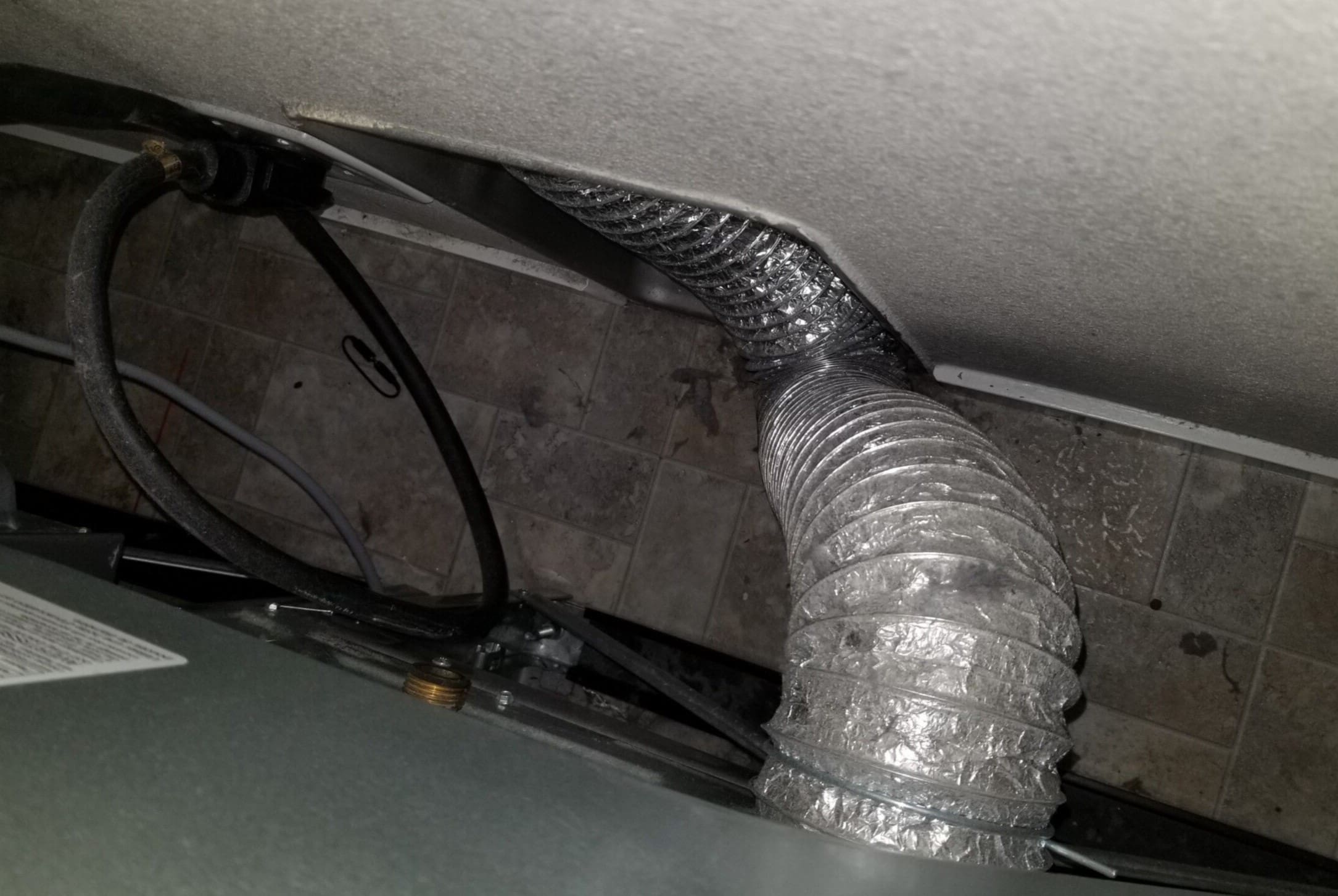

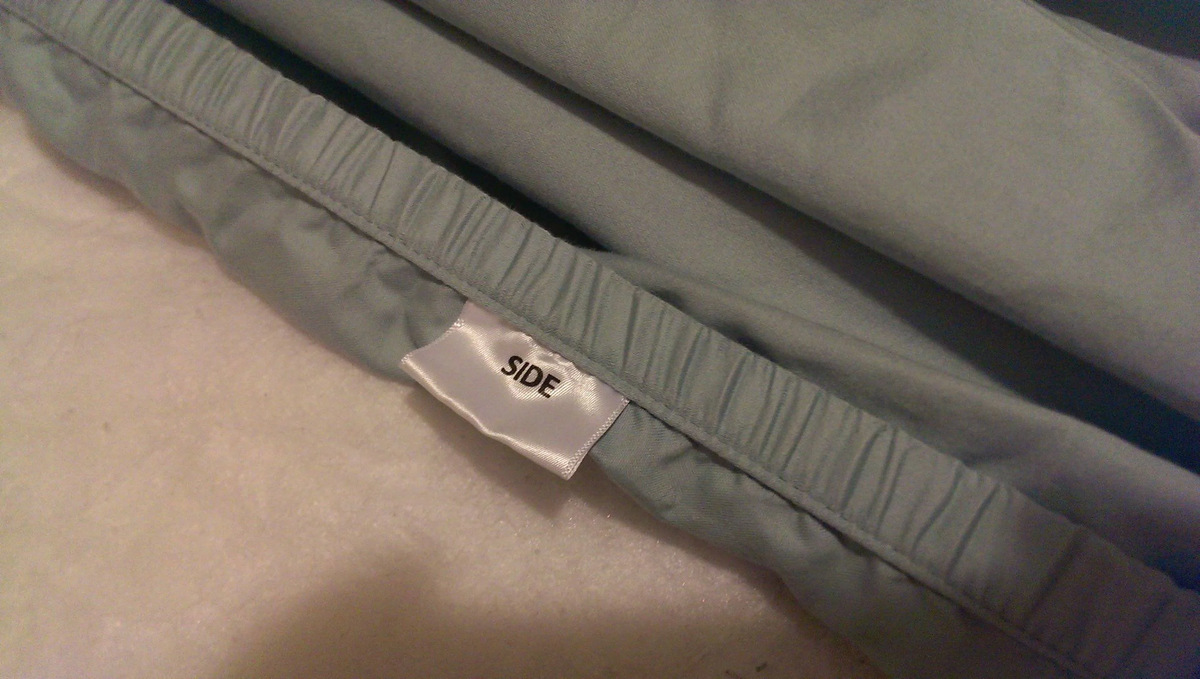


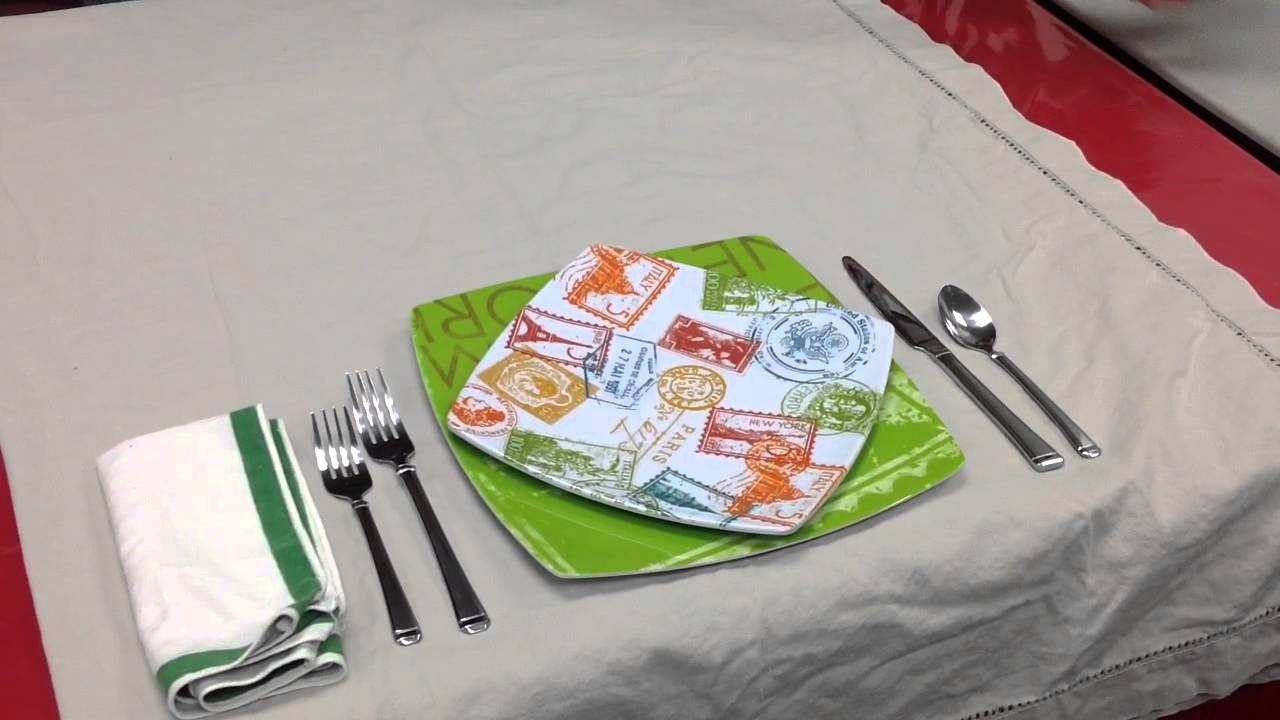



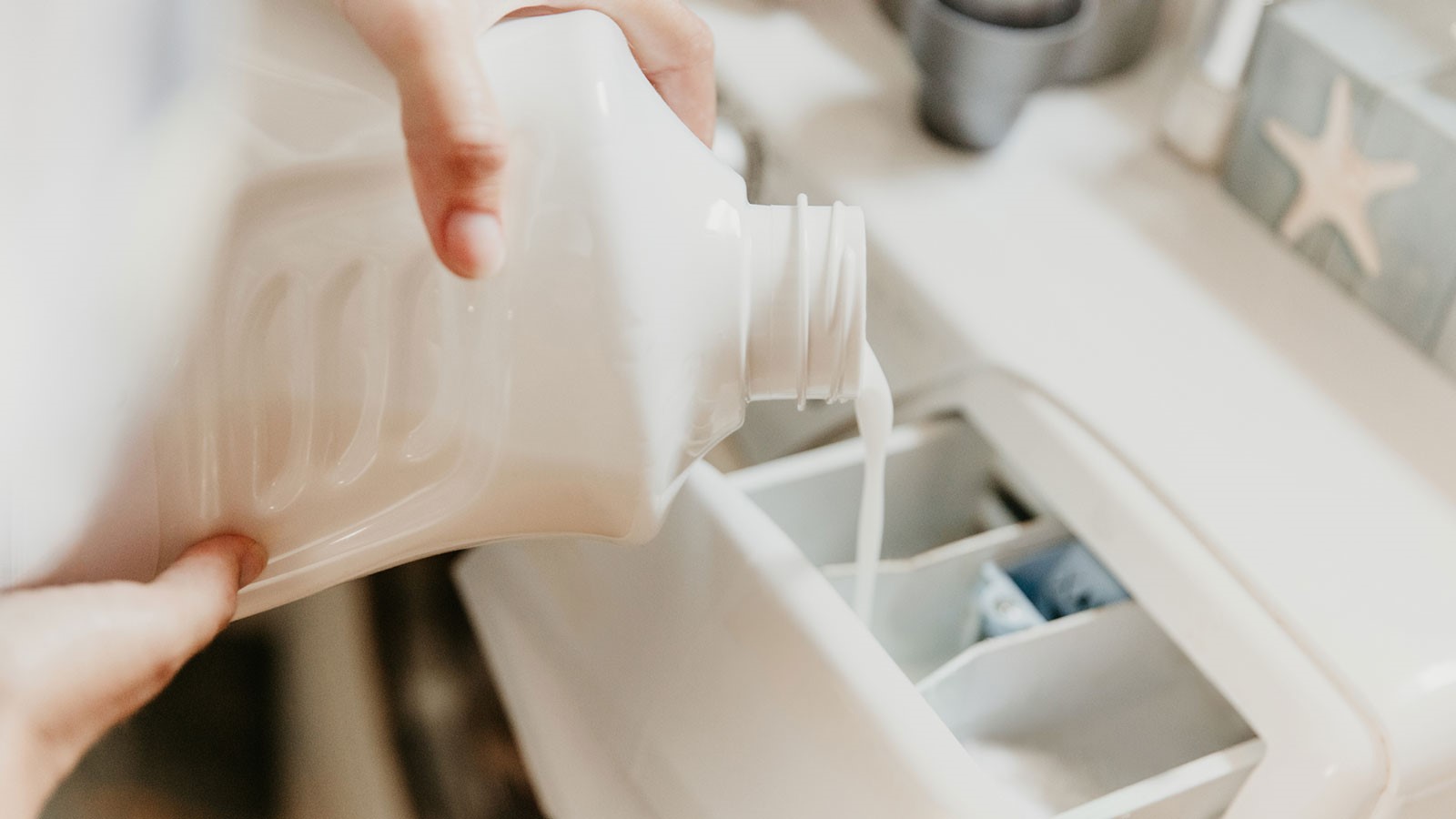



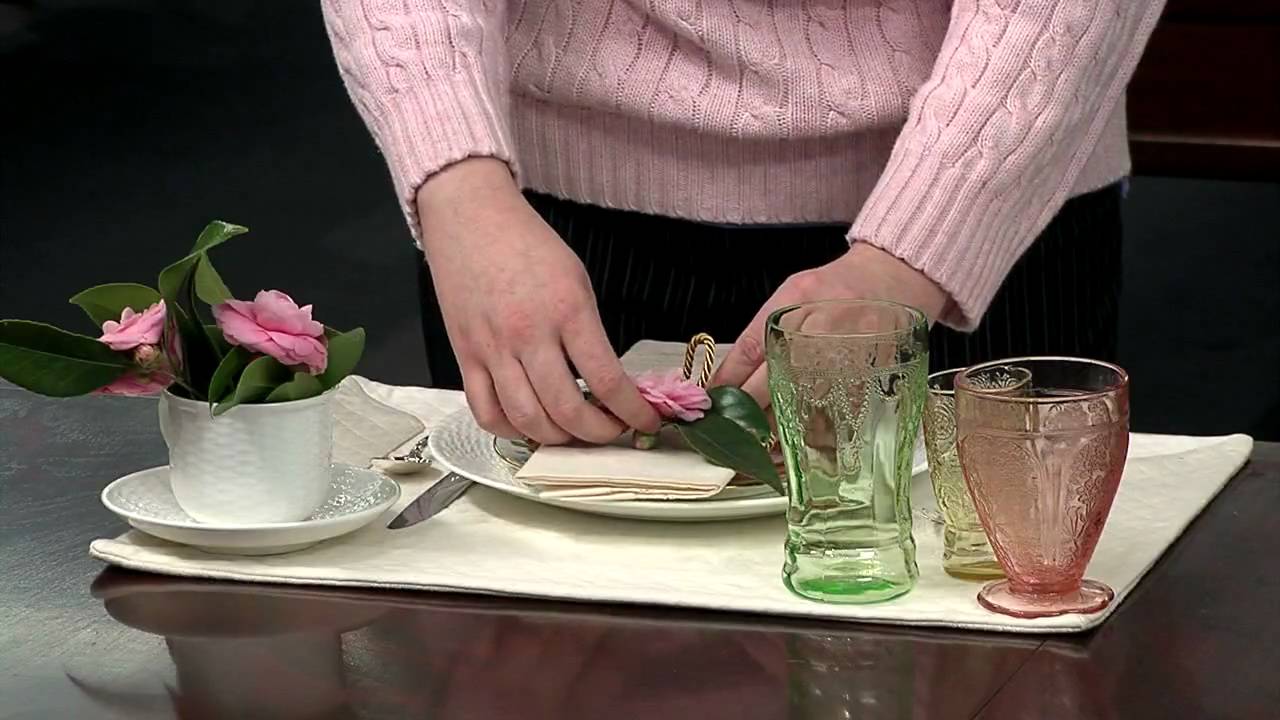

0 thoughts on “Where Does Toilet Water Go”